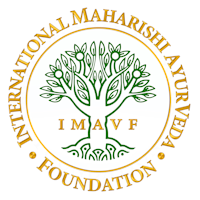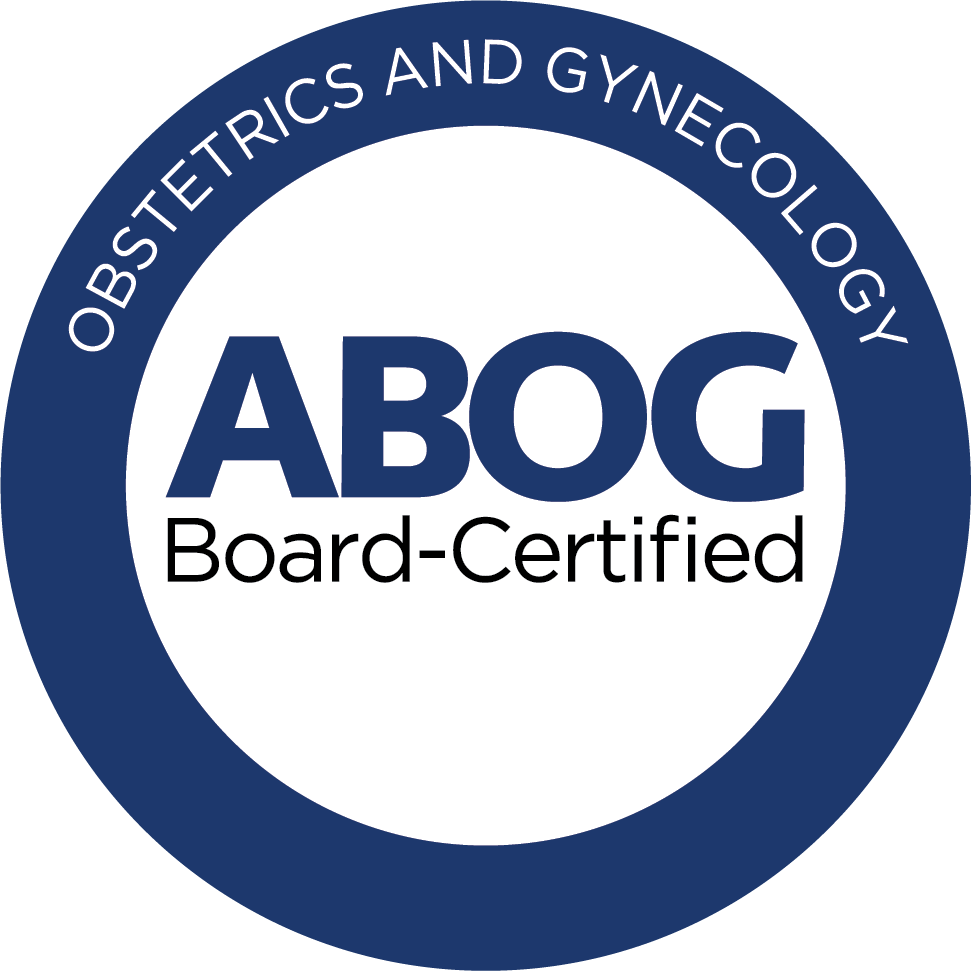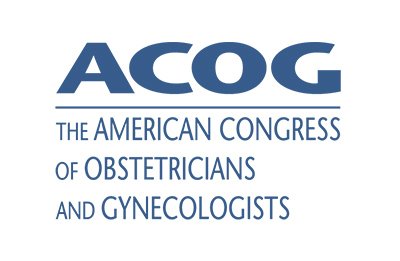
The Holistic Path to Balance
Are you ready for someone to really listen to your symptoms because you are tired of being told that how you feel is just “natural for your age” or that it’s just “stress”? Are you ready to take charge of your health and start to put yourself first? Are you motivated to change but just need guidance on the next steps to take to improve your hormonal or metabolic health?
Whether it’s mood, anxiety, menopause, PCOS or another hormonal imbalance our methods are tailored to your specific blueprint. Each method is unique because each person is unique.
Professional Organizations
Holistically Balanced
The Holistic Method is a group of individualized and intensive educational programs that is geared at finding the root cause of your symptoms and wellness restoration. Dr. Kourtney also sees clients individually as part of a membership package. Clients are serviced virtually via video conference.

The Holistic Method
The Holistic Method is truly built with the concept of the integrated medical model in mind. Dr. Kourtney believes that to truly achieve wellness and balance one has to look at both the old and the new in terms of using the best of both traditional and modern holistic approaches. The Holistic Method that is delivered when working with Dr. Kourtney one on one is specific to the person as each client receives a personalized method program that is based on ancestral holistic traditions and plant medicine combined with modern integrative and functional analysis. For clients who aren’t yet ready to invest in one on one care Dr. Kourtney has also created self directed courses to help you learn about how to take ownership of your health and implement new changes on your own!
Discovering Root Causes
The Holistic Method was developed to help women discover the true difference between being sick and being well. Many of our clients have spent countless hours with traditional medicine trying to get to the root cause of their issues only to feel the same or worse. For others clients they just want to engage in a comprehensive wellness program as a means of preventative care and to optimize their energy, their stamina and their life.

About Dr. Kourtney
I’m Dr. Kourtney and I believe that to fully experience optimal health and wellness that an integrative and holistic lifestyle is fundamental. I have worked with thousands of women for over a decade from across the globe helping them to get to the root cause of their health issues and empowering them with integrated plans to help them not only heal but thrive.
The Holistic Method Blog
This Blog was developed to help women learn and grow in their health journey. In this offering, Dr. Kourtney shares recipes, evidence-based articles, and strategies for functional and integrative health.




















